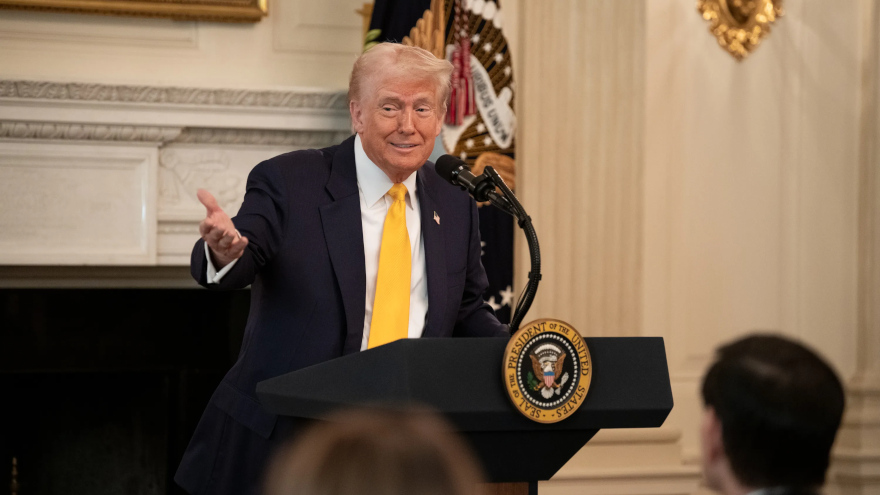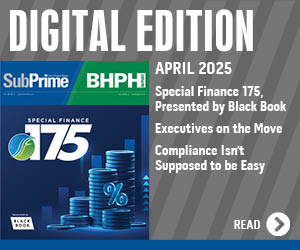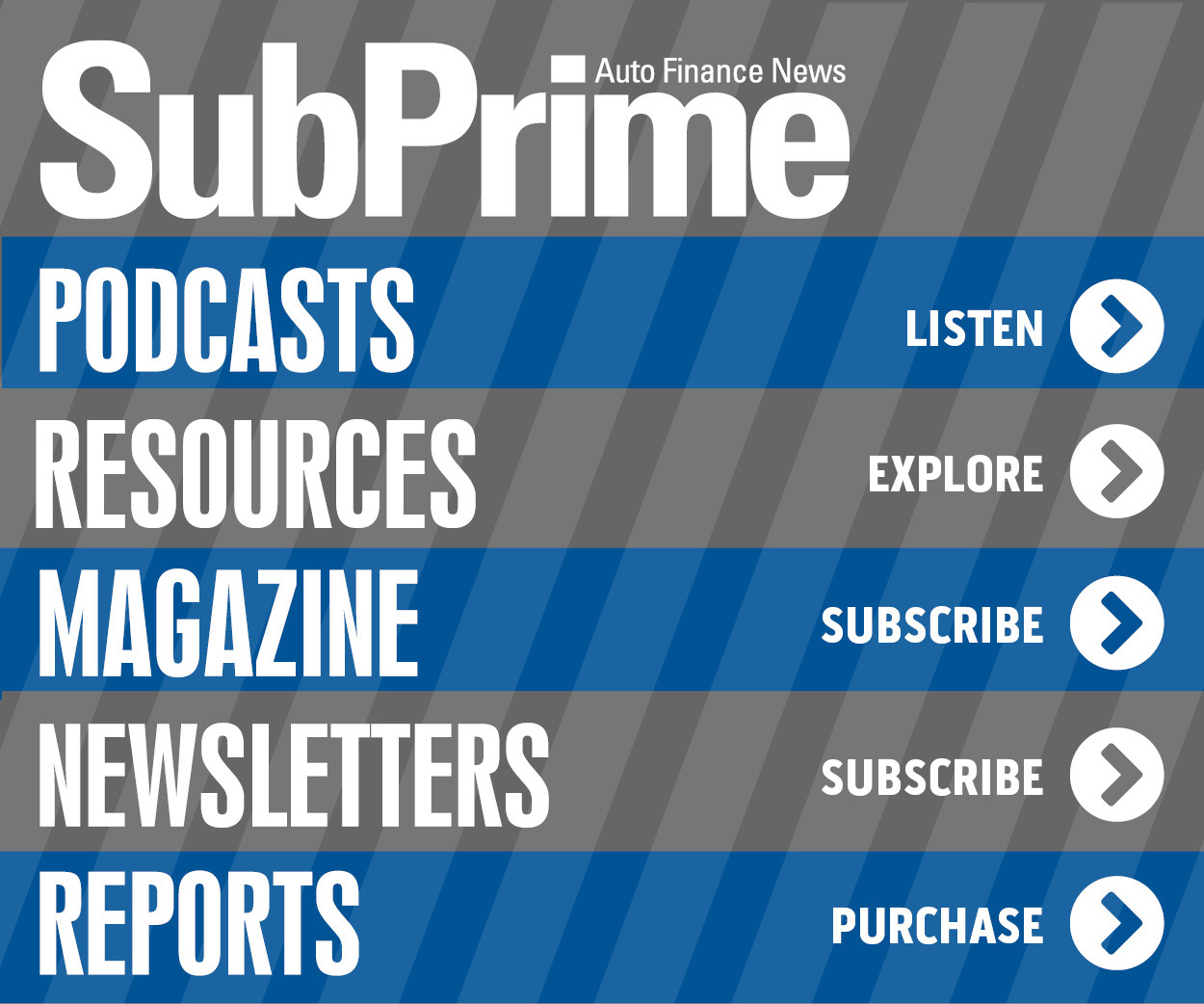Auto caught in crossfire of Trump optimism & sagging consumer sentiment

President Trump delivers remarks during a dinner with U.S. governors on Feb. 21 in Washington, D.C. Photo courtesy of the White House.
While President Trump has high hopes for the economic future, it might now be challenging getting vehicles delivered and contracts booked.
Why? Perhaps it’s because the industry is facing plenty of consumer headwinds, including what Cox Automotive chief economist Jonathan Smoke shared on Monday.
Smoke said consumers’ views of buying conditions for vehicles declined to the lowest level since September 2022 “as views of prices deteriorated, but views of interest rates improved.”
While Smoke cited the initial April reading on Consumer Sentiment from the University of Michigan in his analysis, there are other sources of consumer consternation showing similarities.
By the way, as Smoke mentioned, that reading from Michigan researchers declined 10.9% to 50.8, the lowest mark since June 2022.
In her analysis, Surveys of Consumers director Joanne Hsu pointed out that Michigan’s latest effort came via consumer interviews conducted between March 25 and April 8, closing prior to the partial reversal of tariffs on April 9.
“Consumer sentiment fell for the fourth straight month, plunging 11% from March. This decline was, like last month’s, pervasive and unanimous across age, income, education, geographic region, and political affiliation. Sentiment has now lost more than 30% since December 2024 amid growing worries about trade war developments that have oscillated over the course of the year,” Hsu said.
“Consumers report multiple warning signs that raise the risk of recession: expectations for business conditions, personal finances, incomes, inflation, and labor markets all continued to deteriorate this month,” Hsu went on to say. “The share of consumers expecting unemployment to rise in the year ahead increased for the fifth consecutive month and is now more than double the November 2024 reading and the highest since 2009. This lack of labor market confidence lies in sharp contrast to the past several years, when robust spending was supported primarily by strong labor markets and incomes.”
And perhaps the opposite of robust spending, another research endeavor released earlier this month illustrated how much consumers are worried about covering unexpected expenses.
New research from Splitit and PYMNTS showed that more than 53% of consumers are concerned about affording unexpected expenses this year amid rising anxiety over economic uncertainty.
Other findings included:
—Gen Z is the most concerned about their ability to cover unexpected expenses at 63%.
—33% of consumers used a credit card as their primary form of payment for their most recent emergency purchase.
—50% of consumers cite the rising cost of goods as the top reason why they expect to make fewer impulse purchases this year.
“From trade turbulence to market volatility, Americans are navigating a growing list of financial challenges,” Splitit CEO Nandan Sheth said in a news release. “Consumers are feeling very anxious at the moment.”
Like Smoke, the economist team at Comerica Bank cited the University of Michigan consumer research while recapping several other trends in an analysis released on Monday titled, “Consumers Hunkering Down as They Brace for Tariff Impact.” Here’s what the Comerica Bank tandem of Bill Adams and Waran Bhahirethan shared.
“Retail sales likely rebounded in March after a poor start to 2025. Auto sales jumped in the month as consumers rushed to get new vehicles before tariffs pushed prices higher. Sales in other categories likely grew slower than autos but at a still solid rate. A strong March retail report will provide little comfort about the outlook into the rest of the year, since consumers were obviously pulling forward spending plans,” they said.
“Consumer sentiment plummeted even more than expected in the University of Michigan survey’s preliminary release for April. Long term inflation expectations climbed to 4.4% from 4.1% and were again the highest since the early 1990s, and year-ahead inflation expectations soared to 6.7% and were the highest since the early 1980s. Economic expectations accordingly plummeted to the worst since the early 1980s,” the Comerica Bank economists went on to say.
While there might be plenty of consumer gloom in the market, President Trump pledged improvements as part of message at the beginning of April, which he delivered as a part of National Financial Literacy Month.
“The foundation of American economic prosperity is a society empowered with the knowledge and tools to make informed financial decisions to achieve the American Dream,” Trump said.
“Upon taking office, I took immediate action to end the cost-of-living crisis, ordering all federal agencies to untangle the economy from crippling regulatory overreach — delivering long overdue relief to hardworking American families,” Trump continued. “Under my leadership, we will continue to strengthen and support American families by eliminating taxes on tips, overtime, and Social Security while extending the historic tax cuts from my first term. We are also deregulating and collaborating with employers and local partners to help Americans build more secure and prosperous futures for themselves and their families.
“We will never stop fighting to put more money back in the pockets of our overburdened taxpayers and to end the waste, fraud, and abuse in government. With enhanced financial literacy, Americans are forging their own economic destinies free from unnecessary government interference. As president, I will revive the American Dream, turning it from a relic of the past to a promise for the future in our new Golden Age,” Trump went on to say.


